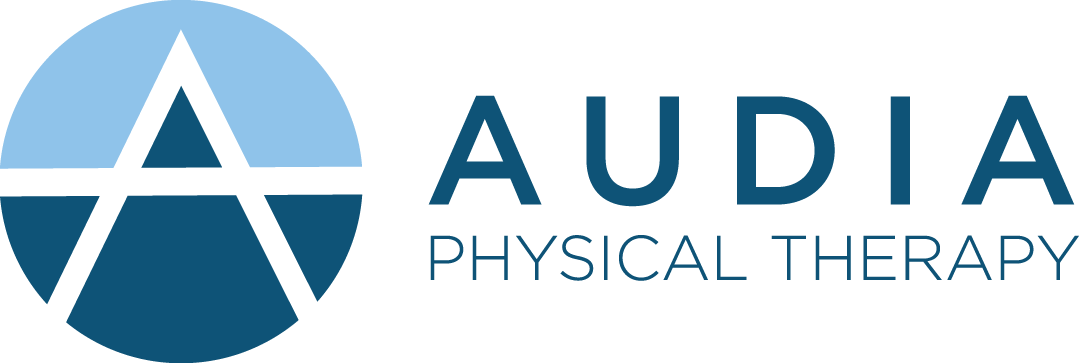Adopt an External Focus to Improve Performance and Learning
Have you ever let anxiety ruin your play in a sporting event or lock you up in the middle of a speech? Have you ever experienced the feeling of trying harder and harder at something only to realize that you are getting worse at it? The problem may be as simple as your area of focus.
Over the past 2 decades, Gabrielle Wulf and Rebecca Lewthwaite have been studying the OPTIMAL Motor Learning Theory’s effect on human performance and learning. The evidence they have produced now overwhelmingly supports the advantages of this approach to learning movement. The acronym stands for Optimizing Performance Through Intrinsic Motivation and Attentional Learning and can be separated into 3 parts:
1. Use of External Focus
2. Utilizing choice or perceived choice to increase Autonomy
3. Increasing the expectations of success - deemed Enhanced Expectancies
External focus can be defined as focusing on the intended movement effect instead of the movement itself. For example: “Kick the soccer ball in the top corner of the net” would be cueing for an external focus and “straighten your knee and follow-through with your foot as you kick the soccer ball” would be cueing for an internal focus. While breaking down a movement into its internal components may be useful for a deeper understanding of the task, it has been shown to decrease performance and learning for the participant. Numerous studies have shown that focusing on the target or movement effect has, not only resulted in better performance, but it has improved short and long-term learning of the movement!
The amazing part is that we can use the same activity and simply adapt this external focus to be better. Examples can be found in all movements and sports with a small sample being:
Volleyball – “aim for the target” vs “straight arms and follow through”
Bowling – “focus on the path of the ball” vs of “focus on your arm and grip”
Golf – “focus on the target” vs “focus on the position of your arms”
Benefits of external focus include improved:
-automatic movement -movement efficiency
-reflexive movements -overall performance
-fluidity of movement -retention of learning
-balance -transfer of learning
-force -sport-specific form
-velocity -accuracy
In addition, using an external focus can decrease anxiety and the amount of conscious attention needed for the task. This can free up your working attention for other tasks during the activity. EEG’s have been used to show that this external focus can also decrease the activity of other muscles that are not supposed to be involved in the activity. This reduces other muscles from interfering with the task goal. All these benefits lead to improved confidence in the task and more automatic movement.
If this approach works so well then why is it not our default strategy? Research has consistently compared an external focus to internal focus or no cueing at all (the control group). The control group consistently performed at similar levels compared to the internal cueing group in most studies. This means that activities, learning, coaching, and therapy need to be structured appropriately to maximize the benefits of external focus because it will generally not occur spontaneously.
To use this incredibly effective approach try some of these applications:
1. Concentrate on the intended movement effect:
Soccer – “kick the ball in the net”
Walking – “walk to the target”
2. Use an external reference point:
Swimming – “push the water back”
Standing – “reach your head for the ceiling”
3. Use a metaphor or an analogy:
Standing – “stand like you are hiding behind a thin tree”
Golf – “swing the club like a pendulum”
4. Use a target:
Dart throwing – “focus on the path of the dart”
Long Jumping – “jump as close to the cone as possible” vs “jump as far as you can”
5. Refer to a body part as something else:
Standing alignment – “kayak paddle over shoes” vs “pelvis aligned over feet”
Volleyball – refer to arms as “straight platforms” for bumping the ball
6. Use a metronome:
Focusing on rhythmic coordination can shift focus externally
Gait training using a metronome can improve symmetrical walking and balance and provide the benefits of an external focus
7. Varying Exercises:
Using a wide variety of related exercises has been shown to help reinforce external focus on skills
Think this will only work for healthy adults? Think again. This approach has been proven to work over an internal focus for anyone regardless age, skill level, or neurological injury. This means the benefits can extend to stroke and brain injury survivors or elite athletes. Whether you are using an external focus to beat a friend in a dart game or help restore automatic walking, it can provide significant advantage for performance and learning.
For more information on the OPTIMAL motor learning theory, check out our articles on Autonomy, Choosing Your Words Wisely, and Enhanced Expectancies.


